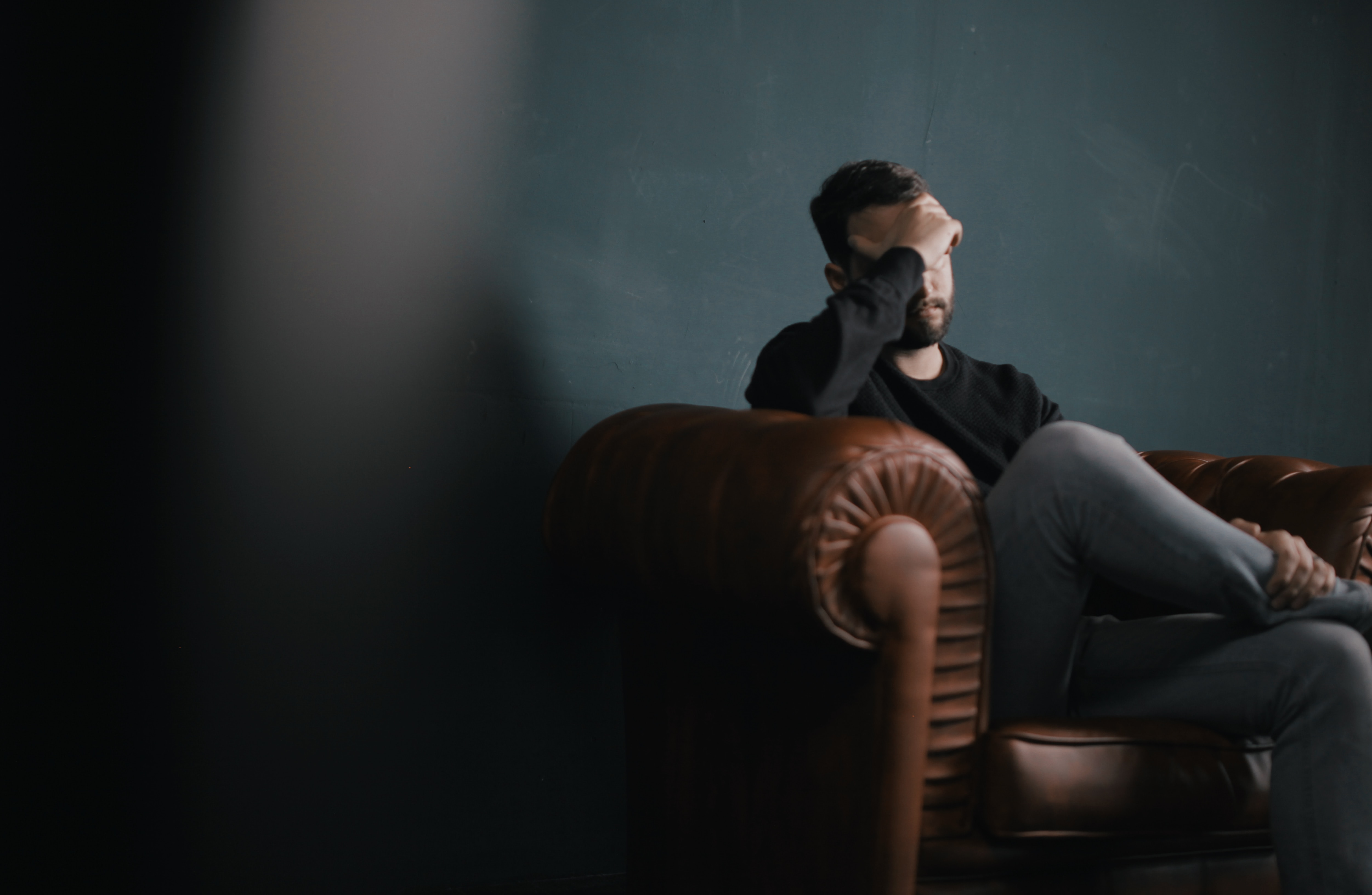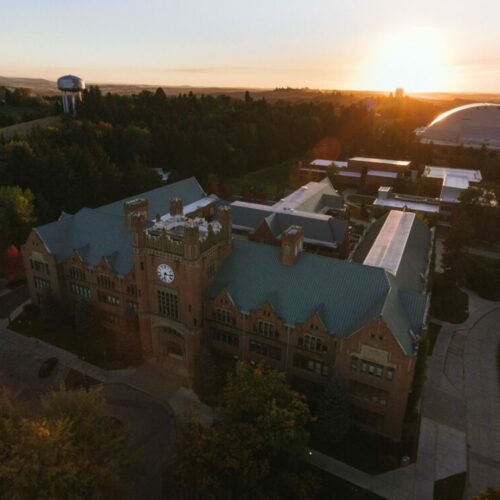
Northwest health providers reflect on first anniversary of 988 hotline
Listen
Idaho Perspective
(Runtime 0:55)
Washington Perspective
(Runtime 0:56)
Read
A year after the implementation of the national 988 crisis and suicide hotline, Washintonians are using that service more than ever, according to data from the Department of Health.
The 988 lifeline is confidential, free and available 24/7. It is available by dialing 9-8-8, or through text or an online chat.
Michele Roberts is the assistant secretary for Prevention and Community Health in Washington. She said call centers in the state answered over 65,000 calls, 12,000 texts and 13,000 virtual chats. Idaho call centers answered over 12,600 calls, chats and texts.
“The number of calls we’re answering is a 75% increase since what the average was when we launched, so that’s pretty incredible,” she said.
Lee Flinn is the director of Idaho’s crisis and suicide hotline, which responds to all calls from phones with Idaho area codes. Since starting last year, Idaho’s call volume has increased by roughly 10%, she said.
“That’s something we expect to keep going up,” she said. “The level of awareness about 9-8-8 is still growing. This is historic change. And in one year, it’s not possible to reach every single American so they know what 988 is.”
While 988 awareness and usage is increasing, a survey by the Pew Charitable Trust found people who already know about 988 tend to identify as white, higher income, or had greater educational attainment.
Flinn stresses the lifeline is for someone in crisis, not just people at risk of suicide. Some of the common reasons people call include: struggles with mental health conditions like depression, anxiety or bipolar disorder, relationship problems and other kinds of emotional distress.
“Sometimes we would get callers who would apologize for calling and then they would say something like, ‘I’m not suicidal. Is it OK if I still talk to you?’ And we absolutely want people to know that they can reach out for any reason,” she said.
Some other call options available across the country include the Veteran Lifeline, LGBTQ+ support for people under 25 through the Trevor Project and Spanish Language support. At a national level, 988 answered roughly 5 million calls, chats and texts. Nearly 1 million of those contacts were through the Veterans Crisis Line.
Those specific options are also available through text or chat. Veterans and active service members can reach the Veterans Crisis Line by texting 838-255, or can initiate a chat online at veteranscrisisline.net/get-help-now/chat/.
Spanish speakers can text “Ayuda” to 988, or chat with a Spanish-speaking trained crisis counselor at 988lifeline.org/es/chat/ and fill out and submit the form on the chat page.
LGBTQ+ people can text “Start” to the Trevor Project at 678-678, or use the website’s safe online chat at thetrevorproject.org/get-help/.
Of Washington callers from June 2022 to June 2023, the Veterans Crisis Line answered 21,019 calls, and Spanish Language 1,324, according to the Department of Health.
Washington also launched the Native and Strong Lifeline in November of last year, which is the only crisis lifeline by and for Native people. Since then, it has answered over 2,300 calls.
“A lot of other states are watching, and Vibrant [Emotional Health] and SAMHSA as well, all kinds of administrators of this program,” Roberts said.
Nationally, the average speed to answer, which does not include the time it takes to route a call, decreased by more than two minutes to 35 seconds, with a 45% increase in answered calls, and 52% increase in chats, according to a press release from the Idaho Department of Health and Welfare. Text message answers increased by 938% as more crisis centers added the ability to respond to texts.
One ongoing concern when calling 988 — especially for communities of color, which experience disproportionately high rates of police brutality — is the question of whether calling 988 could result in the arrival of law enforcement.
The same Pew study referenced earlier also found that after learning about 988, two in five respondents expressed worry that law enforcement would be sent, they would be forced to go to the hospital and that they would be charged for a service they couldn’t afford to pay. One in four worried they would end up in jail. Many of those concerns increased for people with mental health problems or for LGBTQ+ respondents.
It’s a problem both crisis 988 systems are looking to address across the country. Roberts said for her, building trust among communities that might be hesitant to call is a top priority. Part of that is educating callers about when a call might require operators to work with police.
“That’s really important for our communities of color to understand: when would a call would be handed off to 911?” Roberts said. “Which is a very rare circumstance, but there are some pieces around risk of harm. I know that we do have communities who are concerned about their interactions with law enforcement.”
That education is an ongoing process. Roberts said the department is working with groups like The Urban League out of Seattle, which represent communities of color.
At a national level, Roberts said, less than 2% of calls require activating the 911 system. When they do, it is because a caller is assessed to be an imminent risk to themself or others and the risk cannot be reduced during the lifeline call.
In those cases, the crisis counselor shares information with 911 that is crucial to saving the caller’s life.
In Idaho, the state estimates less than 1% of calls involve some kind of police response, Flinn said, and in 85% or more of calls, staff are able to provide callers the support they need without additional intervention.
Some additional services call centers may refer out for include follow-up appointments with mobile response teams, resources for behavioral health treatment, food banks, sexual assault resources and emergency shelter.
Part of the way states are working to reduce reliance on law enforcement is through those mobile response teams, which are staffed by behavioral health specialists.
In Idaho, the Department of Behavioral Health has mobile response teams in Regions 1, 3, 4, 5 and 7. Those teams operate Monday through Friday, 8 a.m. to 5 p.m. Region 4’s mobile response teams operate every day from 8 a.m. to midnight.
In Washington, there are 56 providers who operate mobile crisis teams of varying sizes and availability, Roberts said.
Those teams are funded by the Health Care Authority, a sister organization to DOH. House Bill 1134, which passed this year, expands funding for mobile teams to allow for enhanced payments for rapid response for mobile teams.
“There is at least one adult and one child team in each of their behavioral health regions that provides 24/7 coverage,” she said.
Another challenge for 988 call centers is that callers are currently routed based on their phone’s area code. That means callers may need to be rerouted if they no longer live in the same state as when they got their phone.
“A lot of people don’t change their phone numbers,” Flinn said. “No one does that anymore. And so it’s an imperfect system.”
Call centers also face ongoing challenges staffing 988 operators. The Idaho crisis and suicide hotline has roughly 50 employees, Flinn said, most of which respond to calls and texts. Washington call centers currently have around 130 staffed positions, Roberts said.
“There are some vacancies,” Roberts said. “There’s not vacancies that are impacting the ability to serve. But I think everybody’s worried. The whole behavioral health system needs a stronger continuous workforce.”
A final hurdle, as 988 enters its second year, is connecting the often-fragmented systems that are engaged for crisis calls.
In Washington, some data, such as information on mobile response deployment, is difficult to track because different agencies have inconsistent data collection methods.
“Our three call centers are all collecting data in a different way. Health Care Authority, for their teams, collects the data in a different way,” Roberts said.
Standardizing some of those practices would also improve the experience for callers, she said.
















